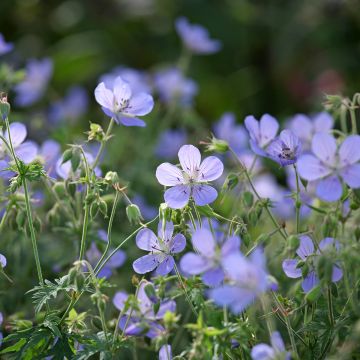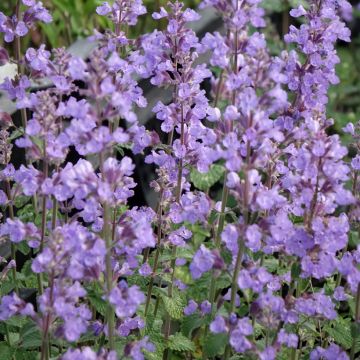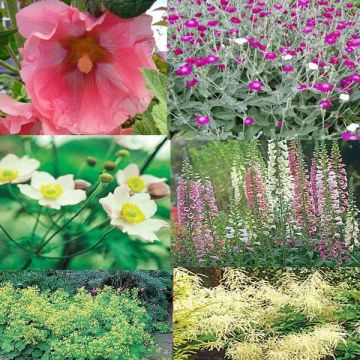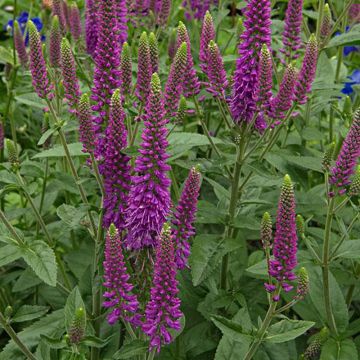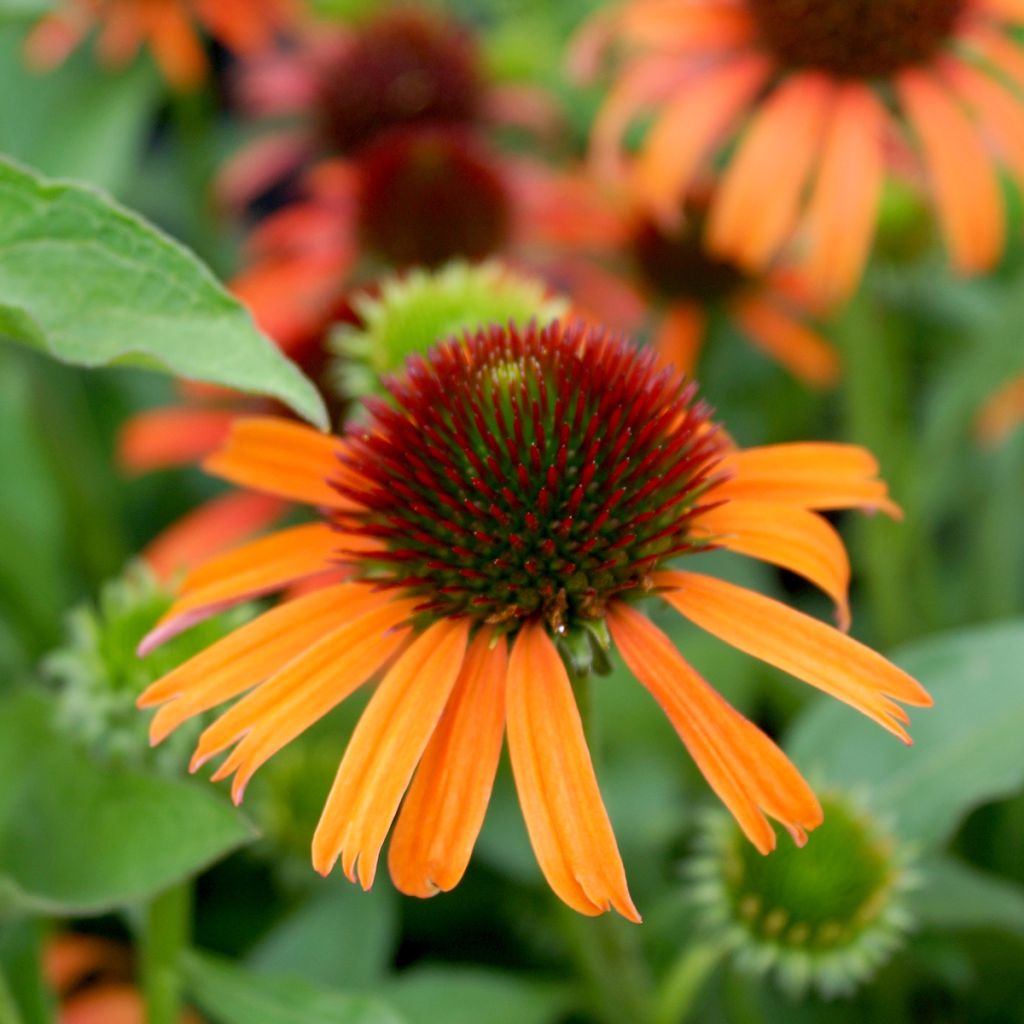

Echinacea Orange Skipper - Purple Coneflower
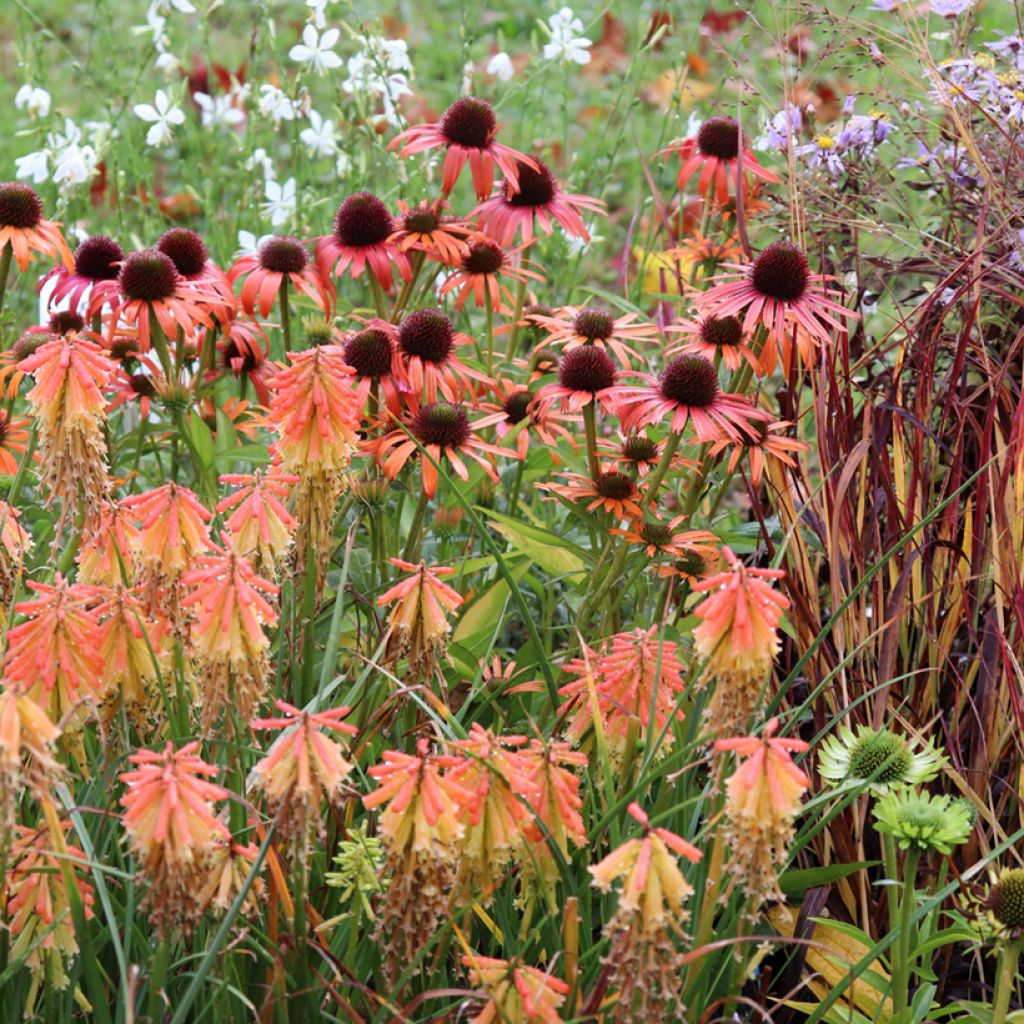

Echinacea Orange Skipper - Purple Coneflower
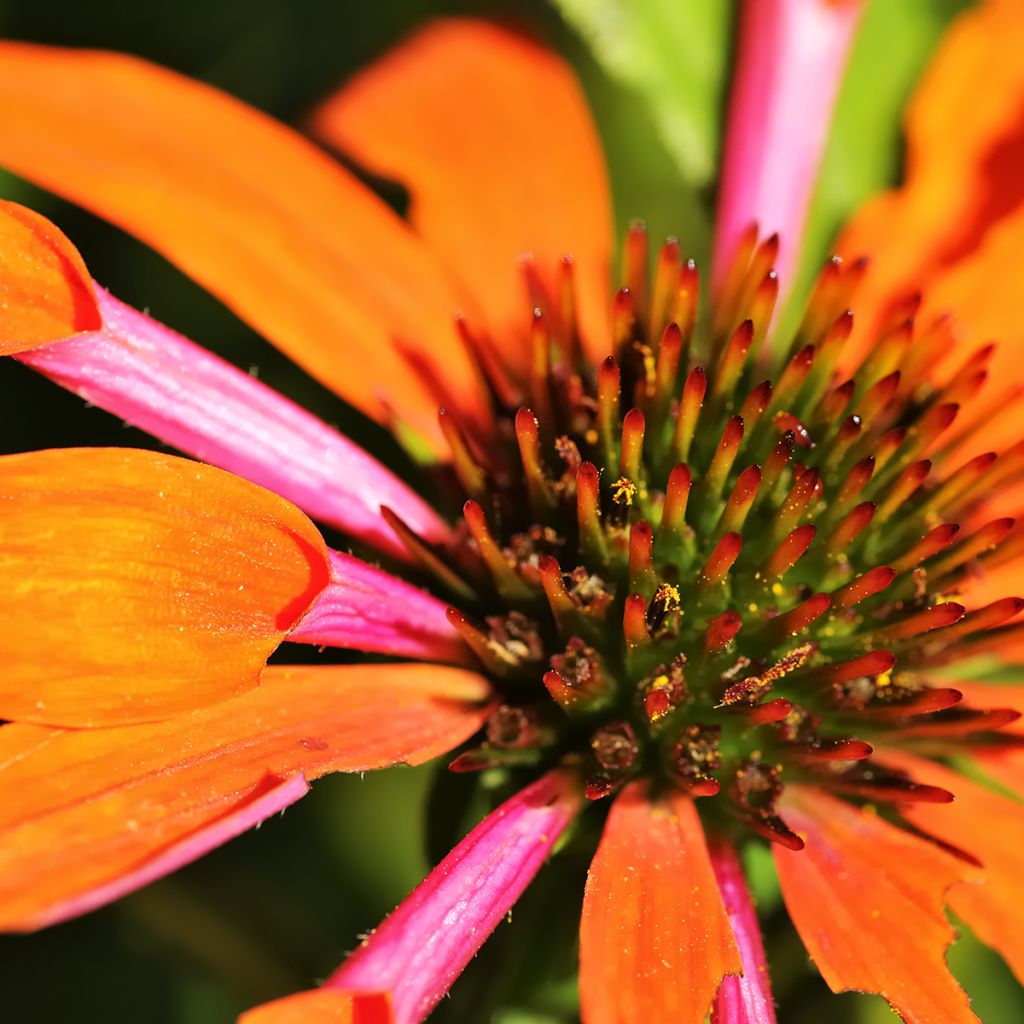

Echinacea Orange Skipper - Purple Coneflower
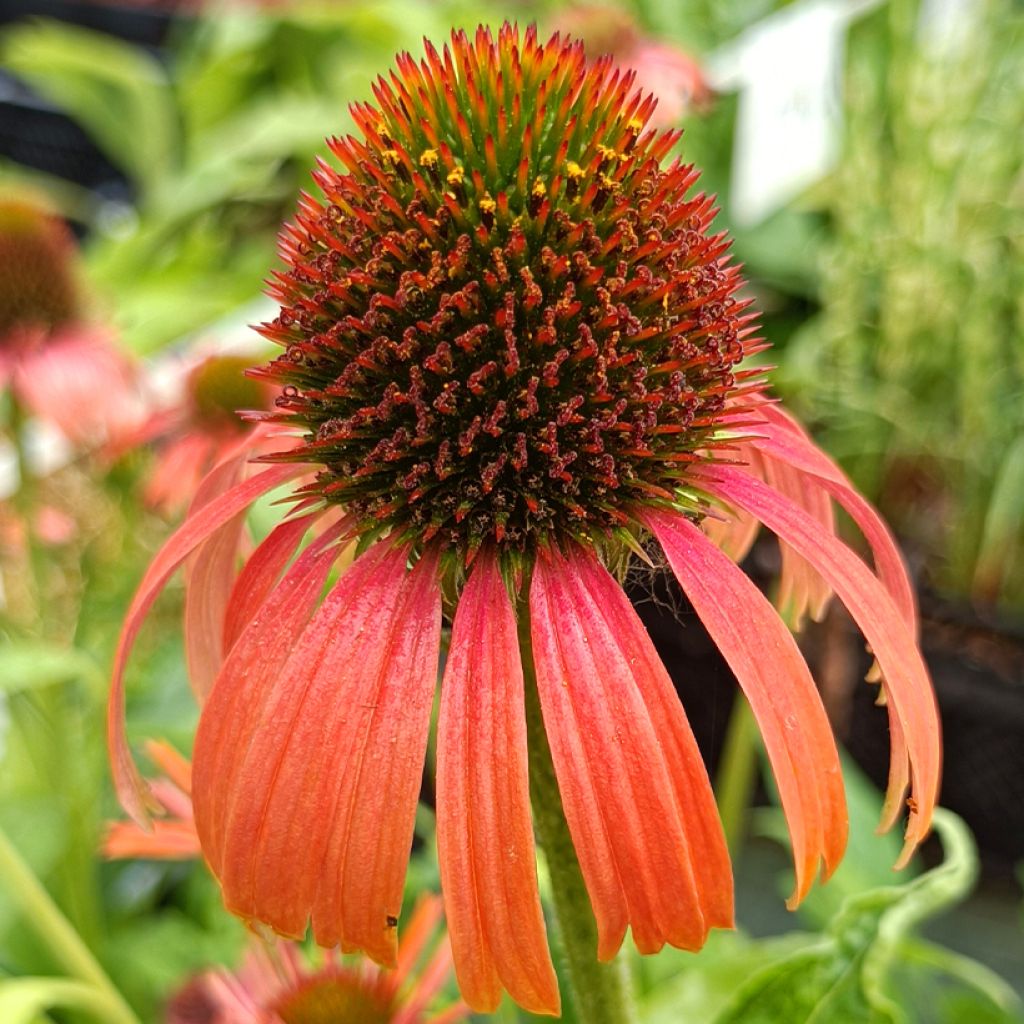

Echinacea Orange Skipper - Purple Coneflower
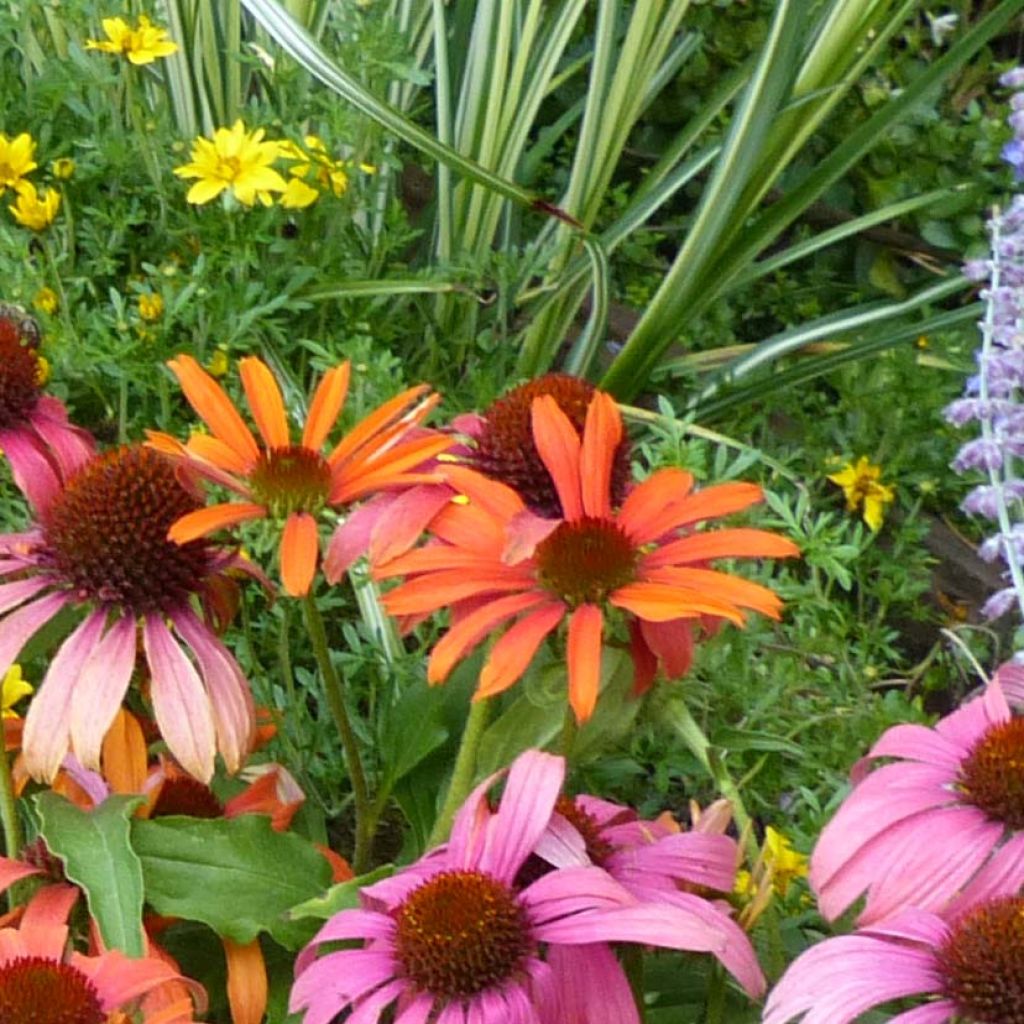

Echinacea Orange Skipper - Purple Coneflower
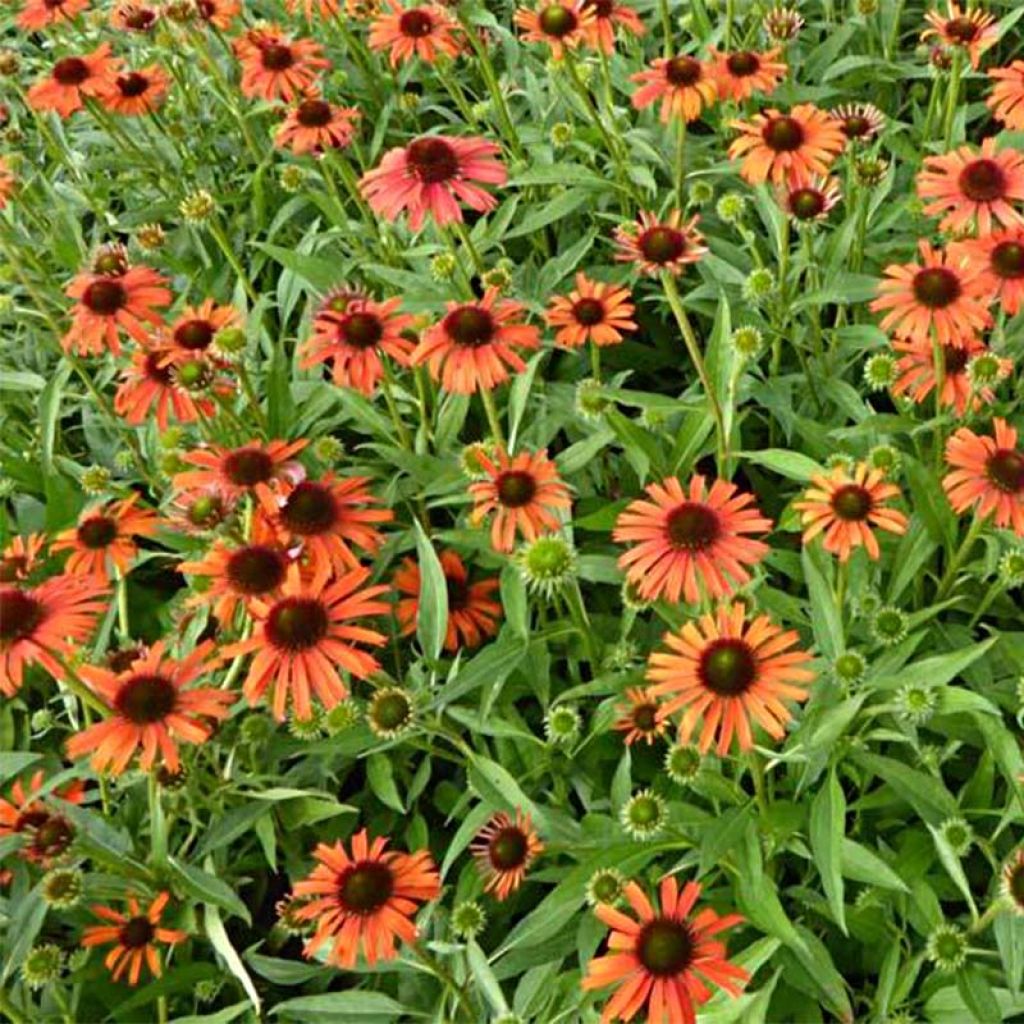

Echinacea Orange Skipper - Purple Coneflower
Echinacea Orange Skipper - Purple Coneflower
Echinacea x purpurea Butterfly Orange Skipper
Purple Coneflower, Eastern Purple Coneflower
Very careful packaging. The young plants arrived in perfect condition. I am entirely satisfied with this order.
Hélène, 22/04/2021
Special offer!
Receive a €20 voucher for any order over €90 (excluding delivery costs, credit notes, and plastic-free options)!
1- Add your favorite plants to your cart.
2- Once you have reached €90, confirm your order (you can even choose the delivery date!).
3- As soon as your order is shipped, you will receive an email containing your voucher code, valid for 3 months (90 days).
Your voucher is unique and can only be used once, for any order with a minimum value of €20, excluding delivery costs.
Can be combined with other current offers, non-divisible and non-refundable.
Home or relay delivery (depending on size and destination)
Schedule delivery date,
and select date in basket
This plant carries a 12 months recovery warranty
More information
We guarantee the quality of our plants for a full growing cycle, and will replace at our expense any plant that fails to recover under normal climatic and planting conditions.
Would this plant suit my garden?
Set up your Plantfit profile →
Description
The 'Orange Skipper' Echinacea is part of a Dutch series of Rudbeckia called 'Butterfly' that butterflies love, including the "Skipper" with its orange-tinted wings. This variety bears a multitude of dazzling mandarin orange flowers, perfect for adding a beautiful touch of color to the garden, as well as the terrace, throughout the summer. It is a floriferous, medium-sized plant that is sturdy in the wind, with orange flowers and a prominent reddish-brown center that bloom from July to September. Truly beautiful and intensely cheerful, this perennial also provides very beautiful flowers for cutting or drying. It is also a very resistant plant that adapts to many growing conditions as long as it doesn't lack sunlight. Essential in gardens that make room for nature!
Native to the western United States, from Georgia to Michigan through Oklahoma and Ohio, Rudbeckia purpurea is a perennial with a strong character that doesn't resemble anything known, but boldly colonizes rocky meadows, savannas, clear understories, and road edges in its natural habitat. It has produced numerous cultivars of various colors and sizes through hybridization with other species, always very easy to grow. The 'Butterfly' echinaceas were selected for their brightly colored, highly nectariferous flowering, their floribundity, and their good resistance to bad weather.
'Orange Skipper' exhibits a relatively compact habit with a dense and sturdy clump measuring 60cm (24in) in height and 35-40cm (14-16in) in width. This plant doesn't weaken or collapse, showing very good form. The deciduous, opposite, lanceolate green leaves are covered in rough hairs. The flowering continues from July to September and is highly visited by butterflies. The branched, greenish-red stems terminate in a solitary 8cm (3in)-wide head with a prominent, bristly, reddish-brown disk surrounded by a collar of bright orange ligules with a base of deeper orange-red. The fruit is an achene that releases seeds which birds are fond of. This plant anchors itself firmly and deeply in the soil, thanks to its well-developed root system.
Under a cloud of butterflies, the 'Orange Skipper' Rudbeckia offers remarkably colorful flowering, bringing a lot of dynamism and good mood to even the simplest decor. It is used in borders mixed with other white varieties or in the company of easy and generous annuals such as nigellas, poppies, amaranths, or centaureas. Complete the scene by mixing in some ornamental grasses like Stipa tenuifolia, Schizachyrium scoparium Blue Heaven, Muhlenbergia capillaris... Splendid in flower beds, the beautiful colors of the Purple 'Orange Skipper' Echinacea are also stunning in fresh or dried flower bouquets.
Properties: In homeopathy, its root is used to fight colds and strengthen the immune system. These properties were already used by Native Americans. The name Echinacea comes from the Greek echinos, which means "hedgehog-like," and acea, which means "having the shape of," alluding to the flower heads. Purpurea means "purple."
Report an error about the product description
Echinacea Orange Skipper - Purple Coneflower in pictures






Flowering
Foliage
Plant habit
Botanical data
Echinacea
x purpurea
Butterfly Orange Skipper
Asteraceae
Purple Coneflower, Eastern Purple Coneflower
Cultivar or hybrid
Planting and care
Planting period
Intended location
Care
-
, onOrder confirmed
Reply from on Promesse de fleurs
Similar products
Haven't found what you were looking for?
Hardiness is the lowest winter temperature a plant can endure without suffering serious damage or even dying. However, hardiness is affected by location (a sheltered area, such as a patio), protection (winter cover) and soil type (hardiness is improved by well-drained soil).

Photo Sharing Terms & Conditions
In order to encourage gardeners to interact and share their experiences, Promesse de fleurs offers various media enabling content to be uploaded onto its Site - in particular via the ‘Photo sharing’ module.
The User agrees to refrain from:
- Posting any content that is illegal, prejudicial, insulting, racist, inciteful to hatred, revisionist, contrary to public decency, that infringes on privacy or on the privacy rights of third parties, in particular the publicity rights of persons and goods, intellectual property rights, or the right to privacy.
- Submitting content on behalf of a third party;
- Impersonate the identity of a third party and/or publish any personal information about a third party;
In general, the User undertakes to refrain from any unethical behaviour.
All Content (in particular text, comments, files, images, photos, videos, creative works, etc.), which may be subject to property or intellectual property rights, image or other private rights, shall remain the property of the User, subject to the limited rights granted by the terms of the licence granted by Promesse de fleurs as stated below. Users are at liberty to publish or not to publish such Content on the Site, notably via the ‘Photo Sharing’ facility, and accept that this Content shall be made public and freely accessible, notably on the Internet.
Users further acknowledge, undertake to have ,and guarantee that they hold all necessary rights and permissions to publish such material on the Site, in particular with regard to the legislation in force pertaining to any privacy, property, intellectual property, image, or contractual rights, or rights of any other nature. By publishing such Content on the Site, Users acknowledge accepting full liability as publishers of the Content within the meaning of the law, and grant Promesse de fleurs, free of charge, an inclusive, worldwide licence for the said Content for the entire duration of its publication, including all reproduction, representation, up/downloading, displaying, performing, transmission, and storage rights.
Users also grant permission for their name to be linked to the Content and accept that this link may not always be made available.
By engaging in posting material, Users consent to their Content becoming automatically accessible on the Internet, in particular on other sites and/or blogs and/or web pages of the Promesse de fleurs site, including in particular social pages and the Promesse de fleurs catalogue.
Users may secure the removal of entrusted content free of charge by issuing a simple request via our contact form.
The flowering period indicated on our website applies to countries and regions located in USDA zone 8 (France, the United Kingdom, Ireland, the Netherlands, etc.)
It will vary according to where you live:
- In zones 9 to 10 (Italy, Spain, Greece, etc.), flowering will occur about 2 to 4 weeks earlier.
- In zones 6 to 7 (Germany, Poland, Slovenia, and lower mountainous regions), flowering will be delayed by 2 to 3 weeks.
- In zone 5 (Central Europe, Scandinavia), blooming will be delayed by 3 to 5 weeks.
In temperate climates, pruning of spring-flowering shrubs (forsythia, spireas, etc.) should be done just after flowering.
Pruning of summer-flowering shrubs (Indian Lilac, Perovskia, etc.) can be done in winter or spring.
In cold regions as well as with frost-sensitive plants, avoid pruning too early when severe frosts may still occur.
The planting period indicated on our website applies to countries and regions located in USDA zone 8 (France, United Kingdom, Ireland, Netherlands).
It will vary according to where you live:
- In Mediterranean zones (Marseille, Madrid, Milan, etc.), autumn and winter are the best planting periods.
- In continental zones (Strasbourg, Munich, Vienna, etc.), delay planting by 2 to 3 weeks in spring and bring it forward by 2 to 4 weeks in autumn.
- In mountainous regions (the Alps, Pyrenees, Carpathians, etc.), it is best to plant in late spring (May-June) or late summer (August-September).
The harvesting period indicated on our website applies to countries and regions in USDA zone 8 (France, England, Ireland, the Netherlands).
In colder areas (Scandinavia, Poland, Austria...) fruit and vegetable harvests are likely to be delayed by 3-4 weeks.
In warmer areas (Italy, Spain, Greece, etc.), harvesting will probably take place earlier, depending on weather conditions.
The sowing periods indicated on our website apply to countries and regions within USDA Zone 8 (France, UK, Ireland, Netherlands).
In colder areas (Scandinavia, Poland, Austria...), delay any outdoor sowing by 3-4 weeks, or sow under glass.
In warmer climes (Italy, Spain, Greece, etc.), bring outdoor sowing forward by a few weeks.


































